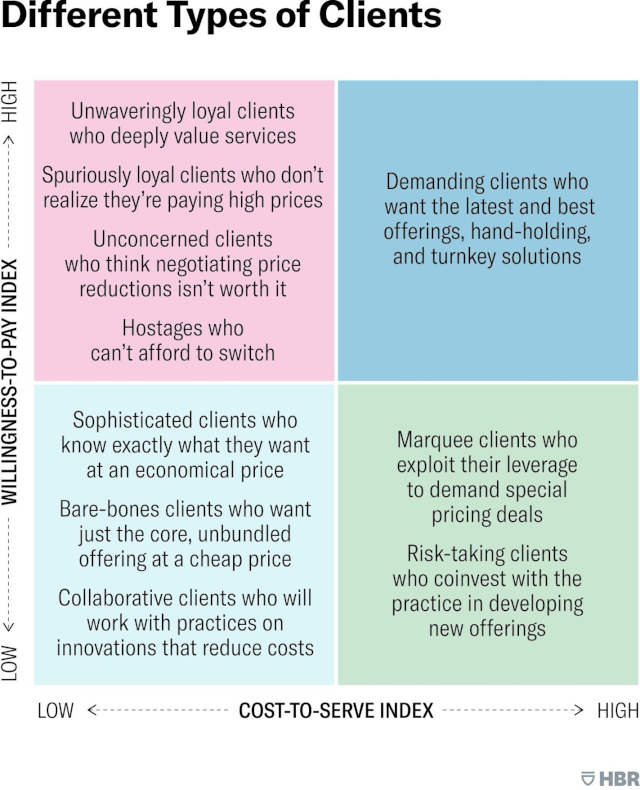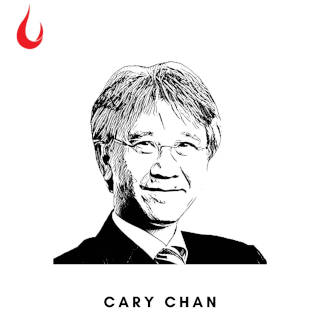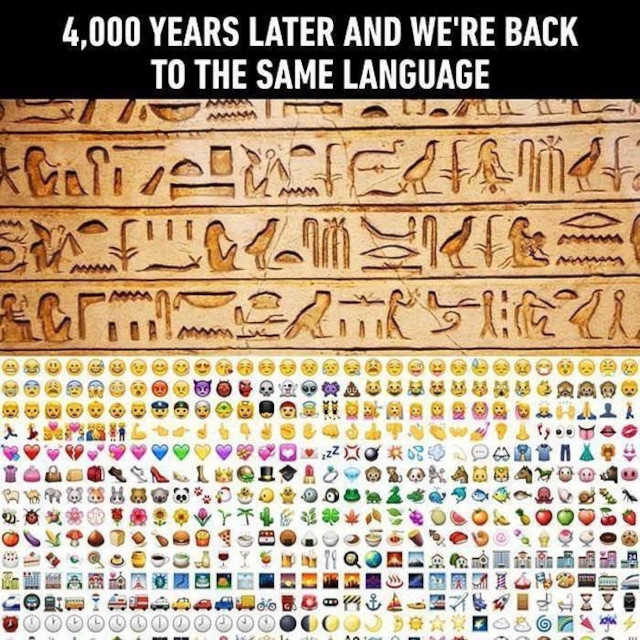[Photo by Alwi Alaydrus on Unsplash, cropped]
Good morning,
In Systemantics: How Systems Work, and Especially How They Fail, a book that came out in the seventies, John Gall offers some interesting examples of how systems fail, that are relevant even today.
He writes: “Things not only don’t work out well, they work out in strange, even paradoxical ways. Our plans not only go awry, they produce results we never expected. Indeed, they often produce the opposite result from the one intended.
“Insecticides, introduced to control disease and improve crop yields, turn up in the fat pads of Auks in the Antipodes and in the eggs of Ospreys in the Orkneys, resulting in incalculable ecologic damage. Meanwhile, the insects develop immunity to insecticides, even learning to thrive on them.
“The Aswan Dam, built at enormous expense to improve the lot of the Egyptian peasant, has caused the Nile to deposit its fertilizing sediment in Lake Nasser, where it is unavailable. Egyptian fields must now be artificially fertilized. Gigantic fertilizer plants have been built to meet the new need. The plants require enormous amounts of electricity. The dam must operate at capacity merely to supply the increased need for electricity which was created by the building of the dam.”
His key insight is often referred to as Gall’s Law, and it goes like this: “A complex system that works is invariably found to have evolved from a simple system that worked. A complex system designed from scratch never works and cannot be patched up to make it work. You have to start over with a working simple system.”
But, there’s a danger with “simple” systems too. Proponents of microcredits in the 2000s often sold the product based on how simple it was. Take a loan, and pay EMIs. The product was simple for the microcredit institutions. However, for the customers, who did not have a steady flow of income, paying the same amount every month turned out to be too difficult, and that difficulty eventually led to the microcredit crisis that hit several parts of the country.
Gall’s larger point, however, is to recognize that the world is complex and dynamic, and interventions, however well intentioned, could have bad consequences.
In this edition
- How to align your strengths with customer needs
- Hong Kong’s two pronged strategy to go green
- The secret history of emojis
Have a great day!
How to align your strengths with customer needs
In their essay in Harvard Business Review, Ashish Nanda and Das Narayandas offer two tools—the practice spectrum and the client portfolio matrix—to align their practices to their clients. It’s especially important at a time when professional services are under pressure to shore up their billings, and are taking up clients they shouldn’t be.
The first tool offers a way to think about the range of offerings.
A commodity practice helps clients with relatively simple, routine problems by providing economical, expedient, and error-free service. Eg. Wipro, TCS, and Infosys.
A procedure practice offers a systematic approach to large, complicated problems that may not be cutting-edge but require attention to a plethora of considerations. Eg. Accenture’s Technology Consulting.
A gray-hair practice provides seasoned counsel based on experience. Eg. McKinsey.
A rocket science practice addresses idiosyncratic, bet-the-company problems that require deep expertise and creative problem-solving. Eg. Wachtell Lipton’s M&A practice.
The second tool fits into a matrix.

Nanda and Narayandas write, “The professional services game is no longer just about maximizing market share; the quality of market share also matters. Client portfolio analysis can help practices improve it. They’ll need to perform it often to track changes in individual relationships over time and assess whether they’re beneficial. If not, practices can make timely adjustments and take corrective action well before any relationship spins out of control and becomes an unprofitable resource drain.”
Dig deeper
Hong Kong’s two-pronged strategy to go green
A recent BBC report on how Hong Kong aims to achieve net-zero emissions by 2050 by making its skyscrapers more sustainable, quotes Cary Chan, executive director of Hong Kong's Green Building Council. One of the key messages is that the problem has to be tackled both upstream (sourcing sustainable energy) and downstream (making building more energy efficient).

“For high-rise, high-density, sub-tropical cities like Hong Kong, achieving net zero is a tremendous challenge.”
“Chan says that the first step to net zero buildings is not to change a feature of the buildings themselves, but make the energy source they use greener. As part of their 2030+ carbon action plan, the Hong Kong government has set a target to reduce the carbon intensity of the city's power supply by about 65-70% by switching from coal to natural gas and buying more renewable energy from China.
“‘The calculation is that, for the building sector, if a building can reduce their energy consumption through green measures to around 25%, and if the carbon intensity of the power supply can reduce by 70%, then the two together is already more than 90%. So with that calculation it is doable for Hong Kong,’ says Chan.”
Dig deeper
The secret history of emojis

(Via WhatsApp)
Tell us what you think and find noteworthy.
And if you missed previous editions of this newsletter, they’re all archived here.
Bookmark Founding Fuel’s special section on Thriving in Volatile Times. All our stories on how individuals and businesses are responding to the pandemic until now are posted there.
Warm regards,
Team Founding Fuel
(Note: Founding Fuel may earn commissions for purchases made through the Amazon affiliate links in this article.)


